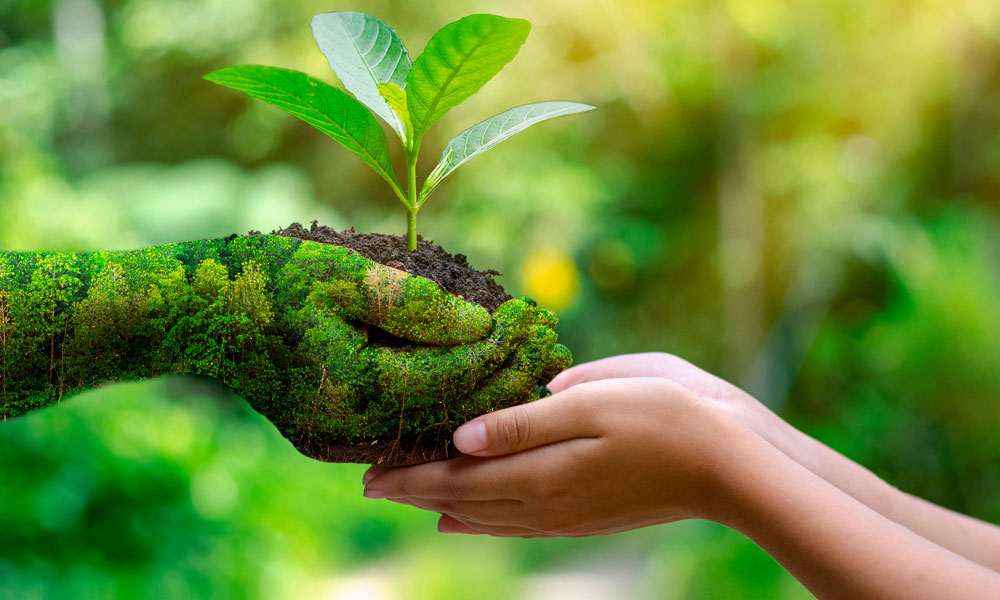When we think of communication and behavior, we often think of animals or humans. However, plants also have their own unique ways of communicating and exhibiting behavior. From releasing chemicals to attract pollinators to adjusting their growth patterns based on surrounding plants, the world of plant communication and behavior is truly fascinating.
Chemical Signaling
One of the most well-known forms of plant communication is chemical signaling. Plants release chemicals called pheromones to attract pollinators such as bees and butterflies. These pheromones can also repel herbivores or attract predators of those herbivores, helping to protect the plant from damage.
In addition to pheromones, plants also release chemicals called allelochemicals. These chemicals can affect the growth and behavior of other plants in the area. For example, some plants release allelochemicals that inhibit the growth of nearby plants, giving them a competitive advantage for resources.

Root Communication
Plants also communicate through their roots. Some plants release chemicals through their roots that can signal to neighboring plants. These chemicals can indicate the presence of predators or other threats, causing nearby plants to adjust their growth patterns to better defend themselves.
Additionally, plants can share resources through their roots. A plant with access to more nutrients may share those nutrients with neighboring plants through their root systems, helping to ensure the survival of the entire community of plants.
Growth Patterns
Plants also exhibit behavior through their growth patterns. For example, some plants will adjust their growth patterns based on the presence of other plants. If a neighboring plant is shading them from sunlight, they may grow taller to reach the light. Alternatively, they may adjust their leaves to better capture the available light.

Plants can also adjust their growth patterns based on environmental factors such as temperature and water availability. This helps them to conserve resources and ensure their survival in harsh conditions.
The world of plant communication and behavior is truly fascinating. From chemical signaling to root communication to growth patterns, plants have developed unique ways of interacting with their environment and with each other. As we continue to study and understand these behaviors, we can gain a greater appreciation for the complexity and interconnectedness of the natural world.











